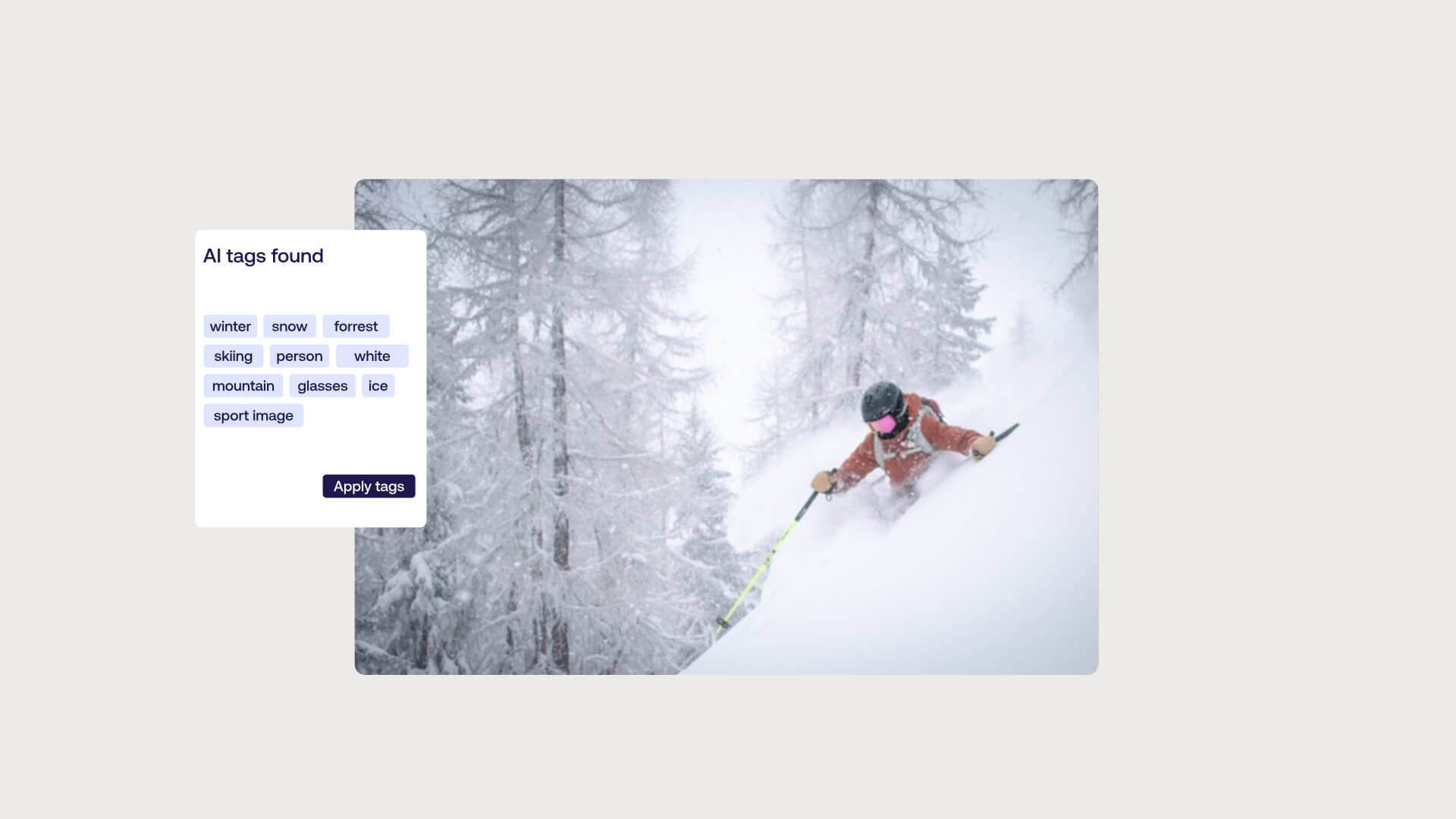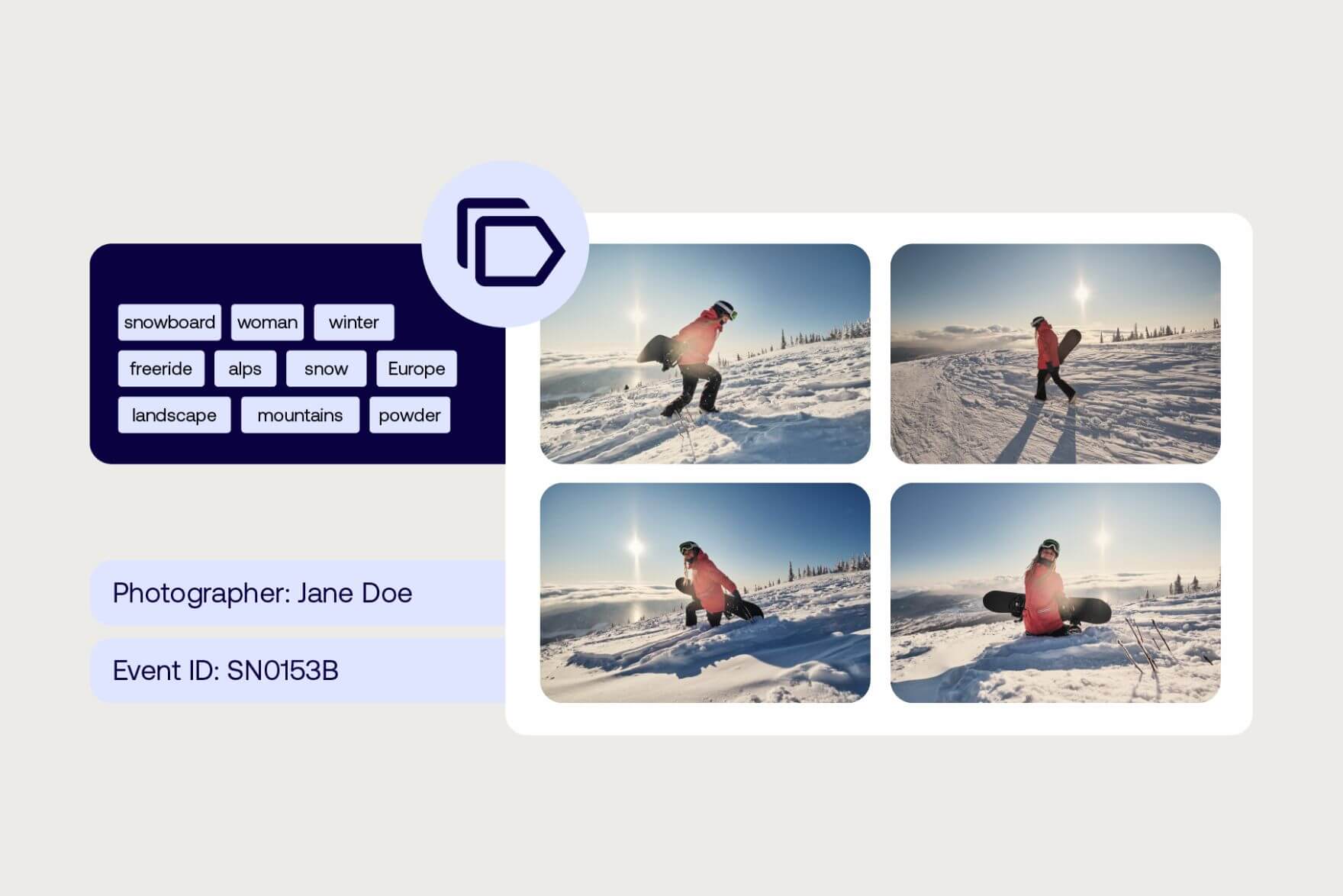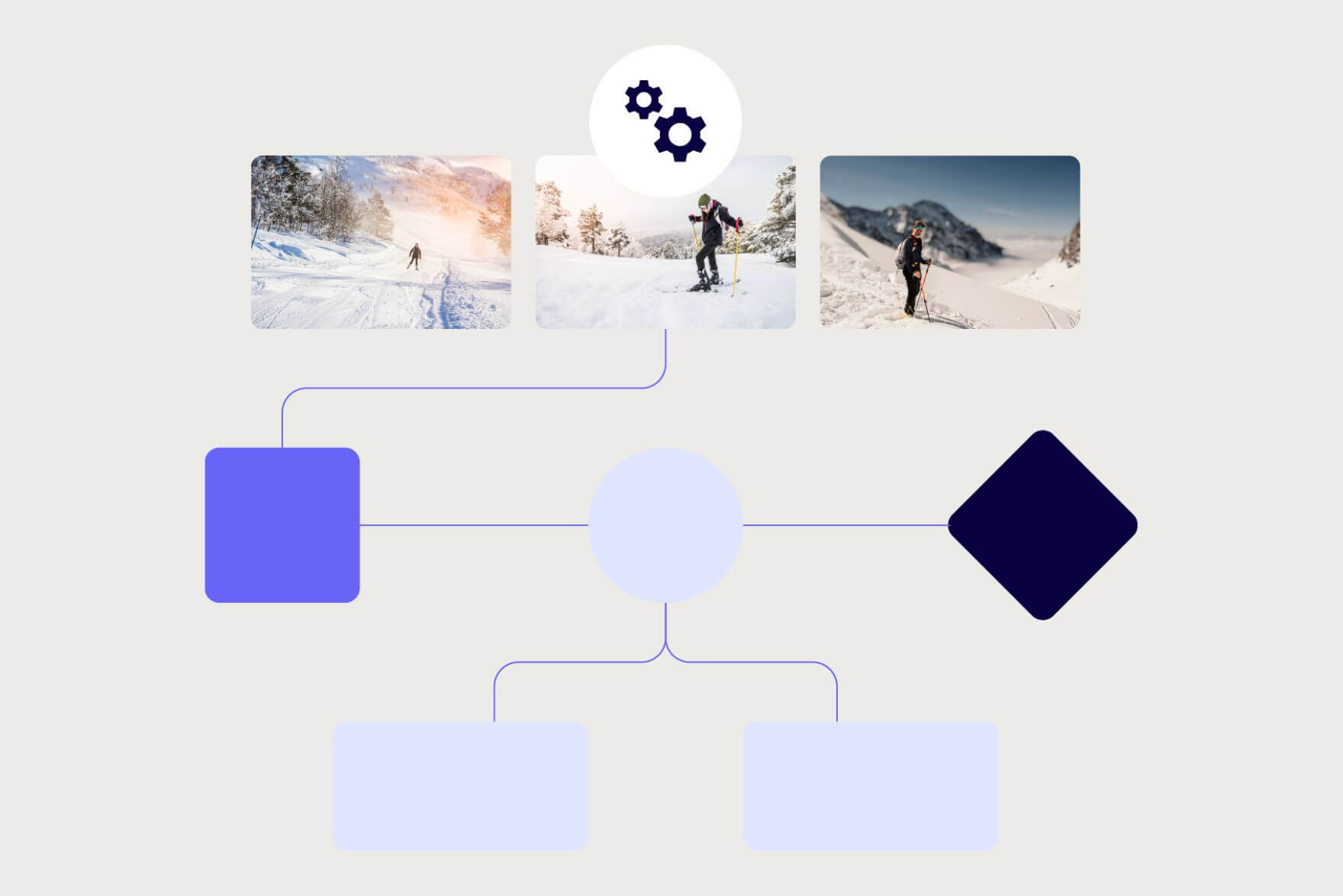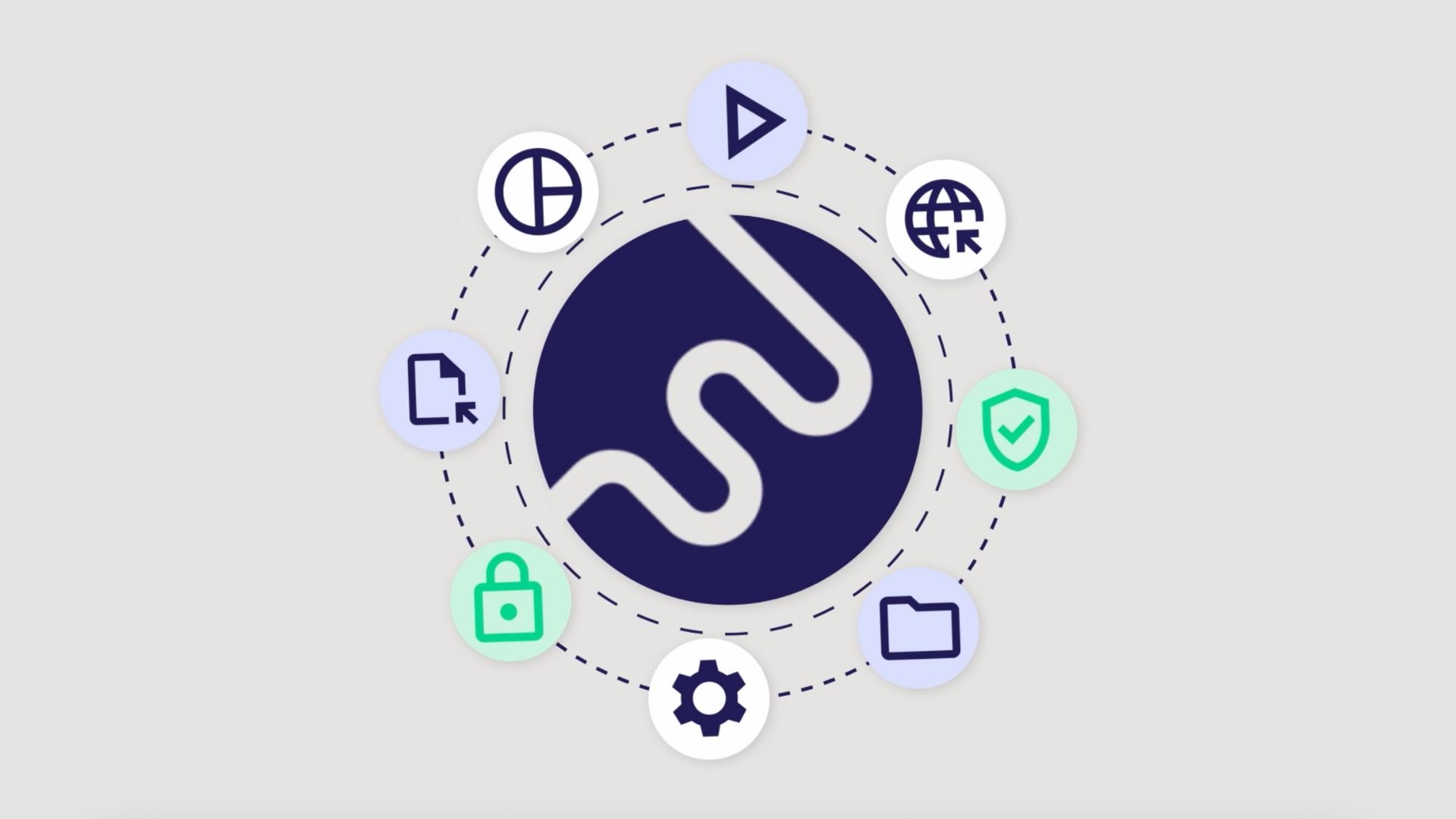
Metadata tagging - best practices
Metadata tagging is essential for maximizing the value of digital assets within a Digital Asset Management system. By assigning descriptive tags, metadata tagging makes it easier to locate, organize, and control media files across the organization. Discover the best practices for metadata tagging, from using structured taxonomies and AI auto-tagging to leveraging workflows and macros.
Every digital asset contains some form of metadata. Some of this is already embedded in the file upon upload, but a lot is added later on, a process that's often referred to as metadata tagging. With effective processes for metadata population, you can ensure full control of media files and streamline content workflows - enabling role-based access and customized automation.
In this article, we’ll take you through the best practices of metadata tagging, helping you get the most value out of your Digital Asset Management (DAM) solution.

What is metadata tagging?
Metadata tagging is the process of adding descriptive information, or "tags," to digital files, making them easier to locate and manage. In Digital Asset Management, such tagging involves adding keywords and categories to assets such as images, videos, and documents. This helps in structuring content libraries, allowing users to quickly find, filter, and access files based on specific attributes.
Effective metadata population within a DAM solution supports efficient content workflows, ensuring assets are easy to organize and access across teams. This foundational practice plays a crucial role in maximizing the value of DAM investments and content management strategies.
Learn more: Top 5 reasons why you should automate metadata tagging in DAM

How to streamline metadata tagging – best practices
Create taxonomies for controlled vocabularies
By building hierarchical keyword lists, sometimes referred to as taxonomies, one can ensure control of which keywords that are used to refer to specific values, avoiding irregular metadata tagging and spelling mistakes. For example, certain users may use the tag “computer”, others may use “laptop”, and some may use “PC” or “mac”. With pre-determined taxonomies system administrators can control which keywords are used to describe specific objects and concepts, by making it easy for users to select the right ones.
There are many types of content hierarchies, and many ways of structuring these. Some may choose to incorporate simple keyword lists for specific metadata fields, while for others, it may be necessary to create complex keyword structures that map the relationships between different values.
Use AI-driven auto-tagging
By taking advantage of Artificial Intelligence (AI), system administrators can automate parts of the metadata population by generating automatic keywords. The AI auto-tagging functionality can usually be tailored to fit the needs of the organization, for example by only adding tags with more than 90 % certainty or adding tags in multiple languages.
Learn more: How to leverage AI for Digital Asset Management with Auto-tagging
The AI can be used to automatically recognize objects, keywords, and text, making all of these values easily searchable. It can also be used to recognize the number of people present in an image, and can be incorporated into specific workflows, for example routing images with people into a specific online collection.

Auto-tagging webinar
Watch this on-demand webinar to see how you can use AI to optimize your content management in Fotoware DAM.

Build workflows for metadata tagging
With metadata-driven workflows and business rules, you can automatically add or remove data depending on pre-determined conditions. For example, you can create workflows automatically giving values to files once they’re approved and changing these values once they reach their expiration date.
Learn more: 5 Digital Asset Management workflows that save you time
Incorporate metadata macros into your workflows
With metadata macros, you can ensure that specific values are automatically added to your files at pre-determined times, for example, when the file is uploaded to the system or incorporated into a workflow. These macros can be customized in great detail using dynamic metadata tags - such date and time tags - or pre-determined tags, like approval status or access rights.
Learn more: Macros - the fastest way to apply metadata to your digital assets

Integrate with third-party data management tools
If you store and manage metadata in third party systems, like a Collection Management System, Product Information System, or other software offering an advanced overview of data, you can integrate it with your DAM to automatically transfer selected metadata fields. Such DAM integrations may drastically decrease the time spent on manual metadata tagging, since already existing data will be automatically fetched from the third-party software.
Learn more: What can a DAM API do?
Why metadata tagging matters
Regardless of industry, chances are that you’ve encountered challenges when managing digital assets: there may have been problems locating specific files; uncertainties about whether the file is correct; or questions about a specific piece of content, for example, regarding the license agreement or approval status.
With the explosion of digital channels, sites, and consumer touchpoints, the challenges above are more prominent than ever, which is why anyone working with content should ensure sufficient and effective processes for metadata tagging.
Having your media files appropriately tagged will help solve many pressing challenges, including, but not limited to:
- Finding the right content items
- Ensuring a single source of truth
- Allowing professionals to stay up-to-date on the assets' lifecycle
- Keeping track of rights and licenses
- Ensuring that the right content is available to the right people
Learn more: DAM trends - embracing DAM 3.0 for effective content operations

Your guide to metadata
How to stay in control of your metadata? 3 important questions to ask yourself when establishing metadata governance.


